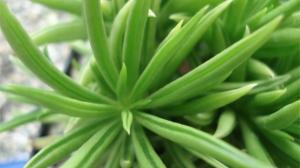Selection of grafting stock
Privet, Ligustrum lucidum, small wax, water wax, white wax, tassel, etc. are mostly used as grafting rootstocks. When a large number of grafts are used, Ligustrum lucidum is mostly used in the north.Grafting method
1. Dig out a U-shaped groove with a U-shaped knife for the rootstock, which is about 2.5cm long, the same width as the scion, and the depth is half the diameter of the scion
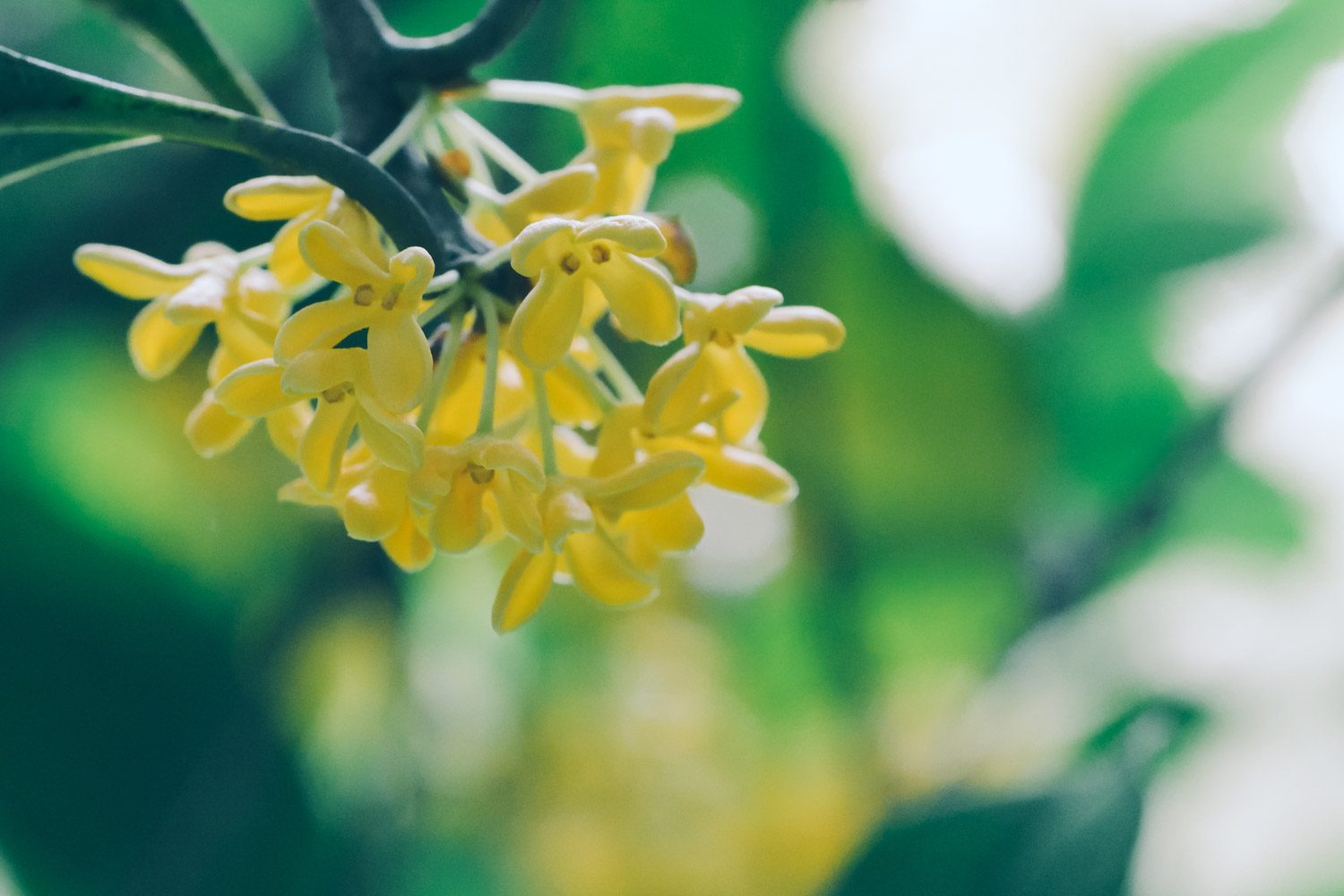
2. Take two buds with two and a half leaves from the scion, and cut the lower end of the scion into an oblique angle of 45 degrees with an arc shape. Peel off half the diameter of the scion, as shown in the figure above
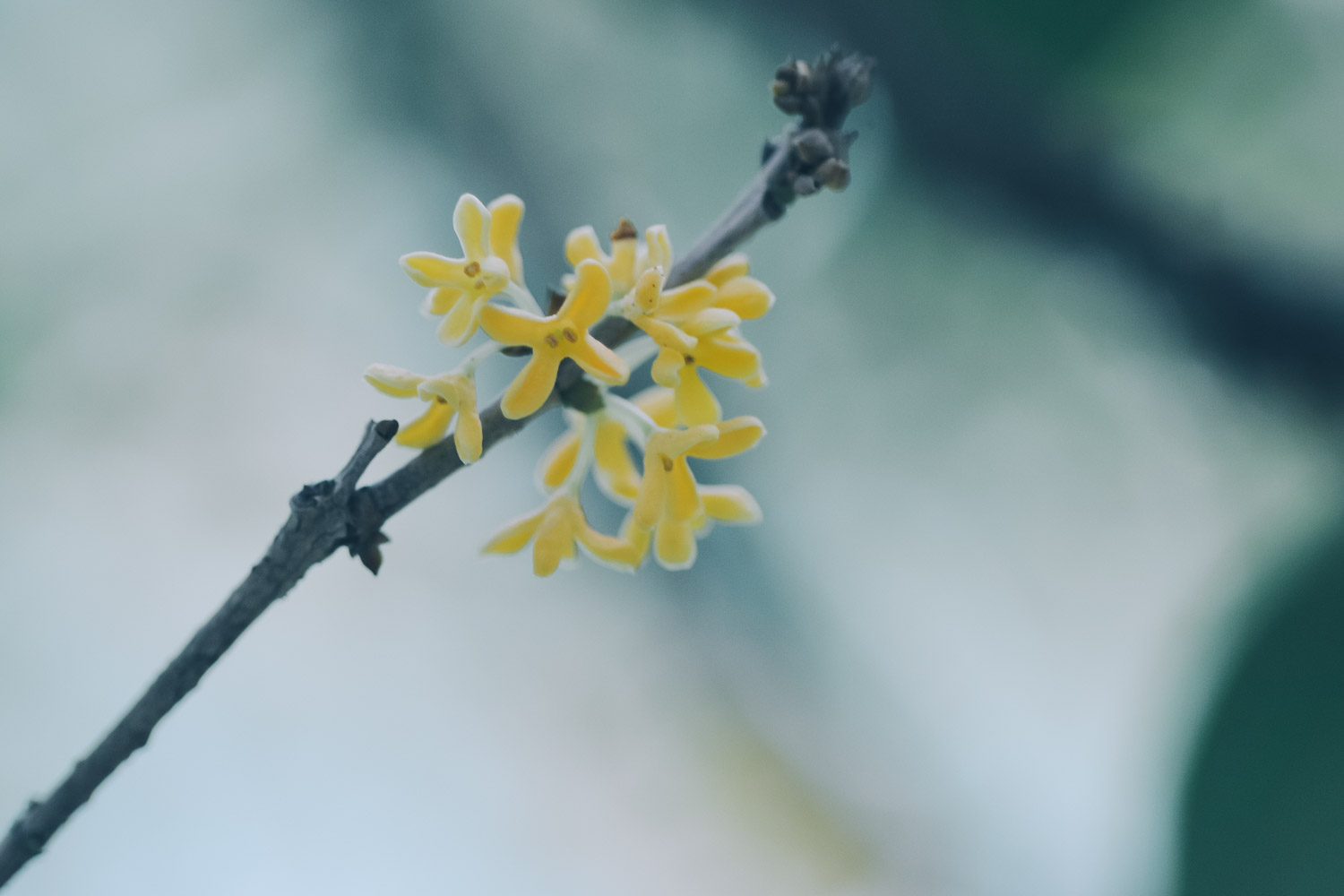
3. Insert the scion into the groove of the rootstock. At this time, the cambium on both sides of the scion is just aligned with the cambium on both sides of the rootstock. The size of the U-shaped groove and the scion shall be just as good as possible, so that the scion can be tightly embedded together, reduce the gap between the scion and the rootstock, and improve the survival rate
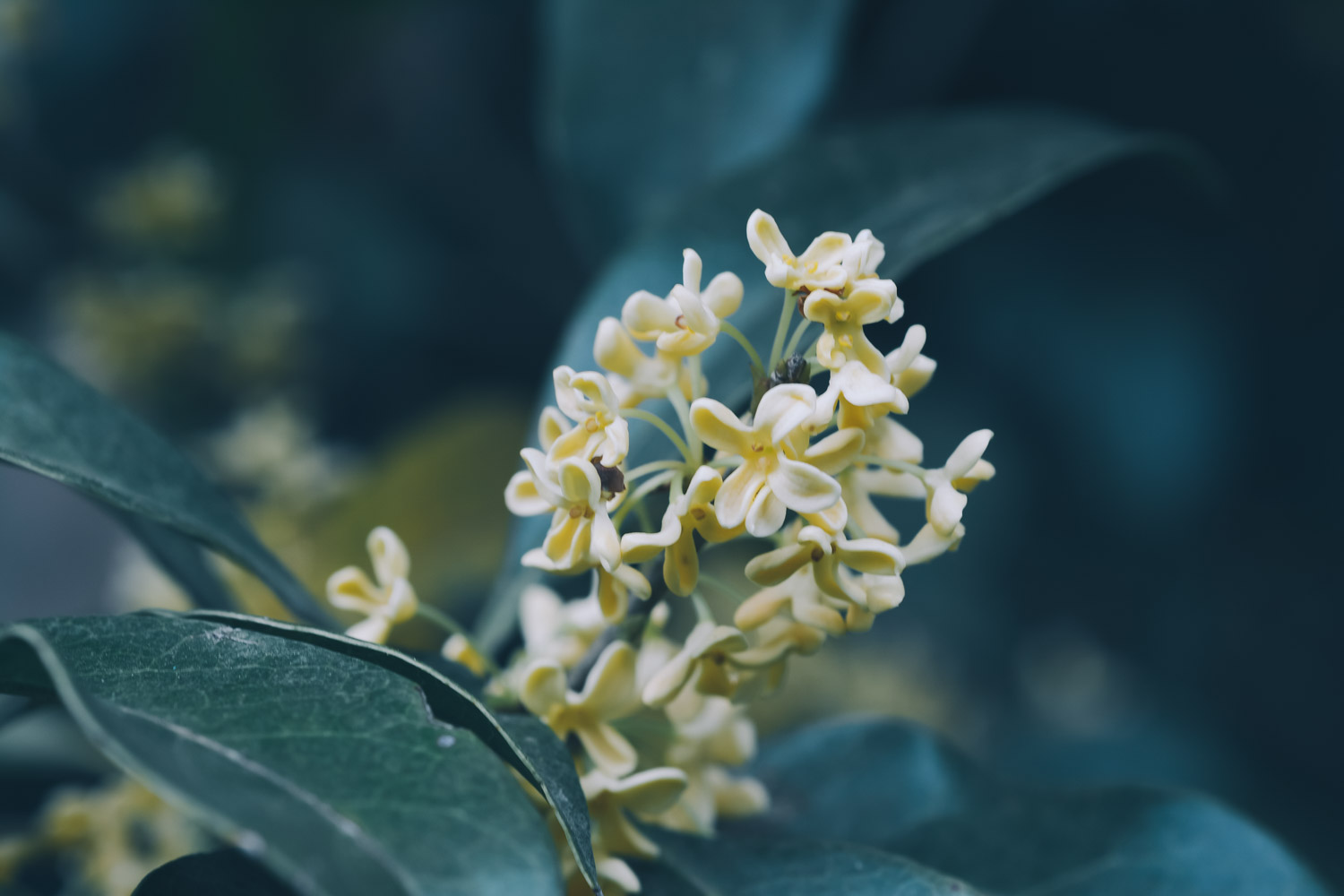
4. Large rootstocks can be grafted with multiple scions at the same time as the case may be. I personally suggest that only two scions be grafted. The grafting direction should be determined according to the modeling needs of the stump
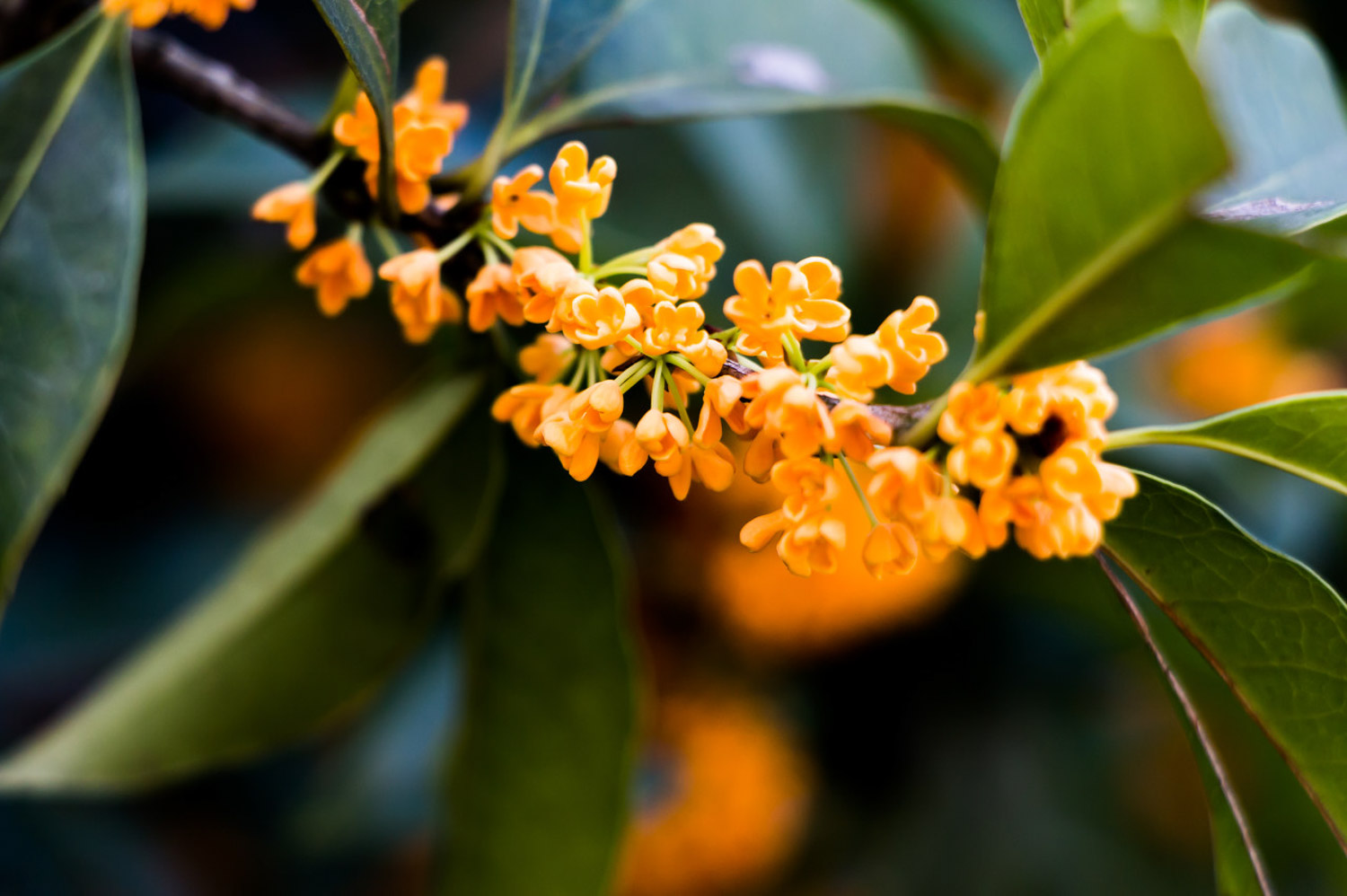
5. The scion must have strong branches and full buds, which is conducive to survival
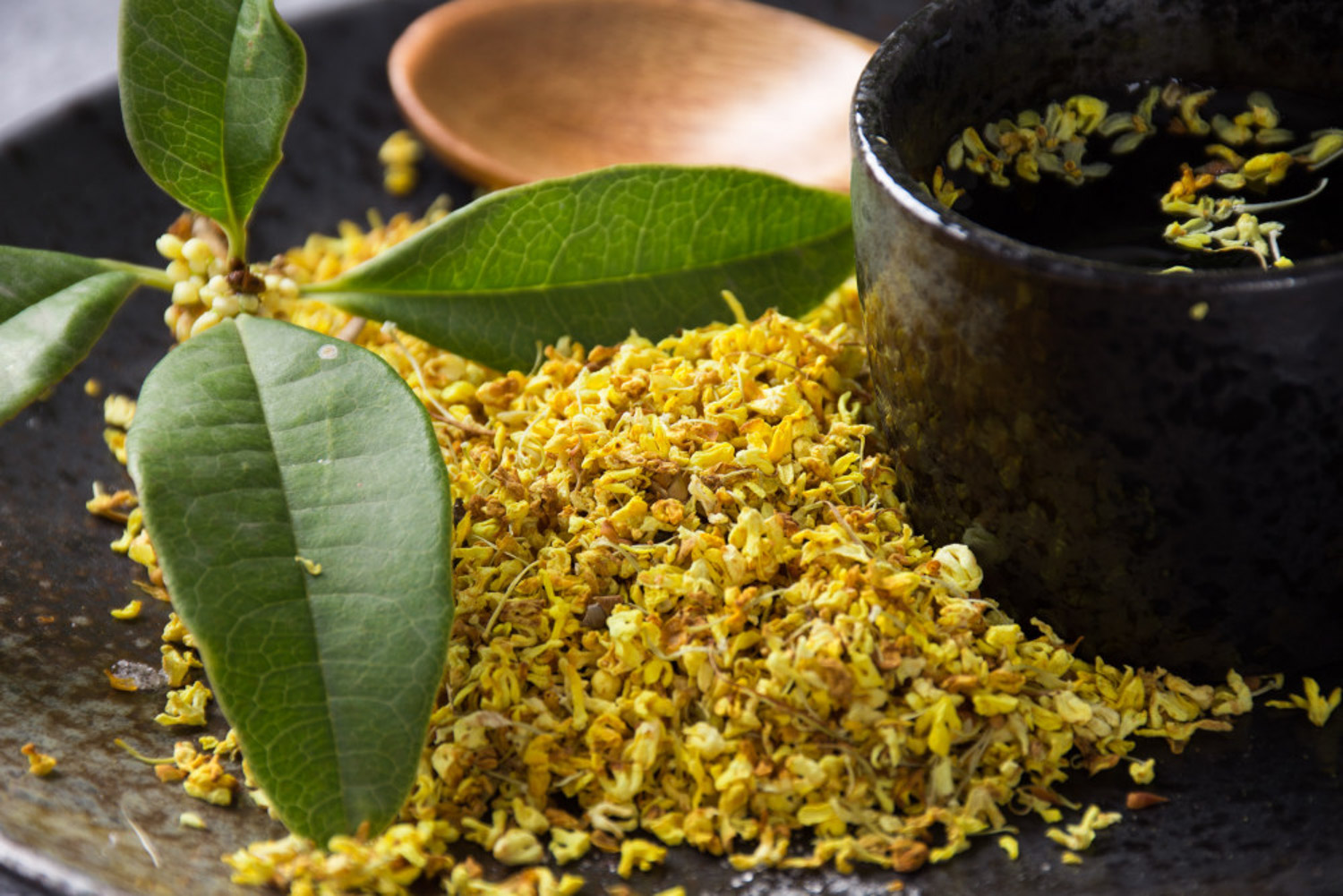
6. From the above figure, we can see that both scions can be well embedded in the rootstock without falling down. It shows that they combine well
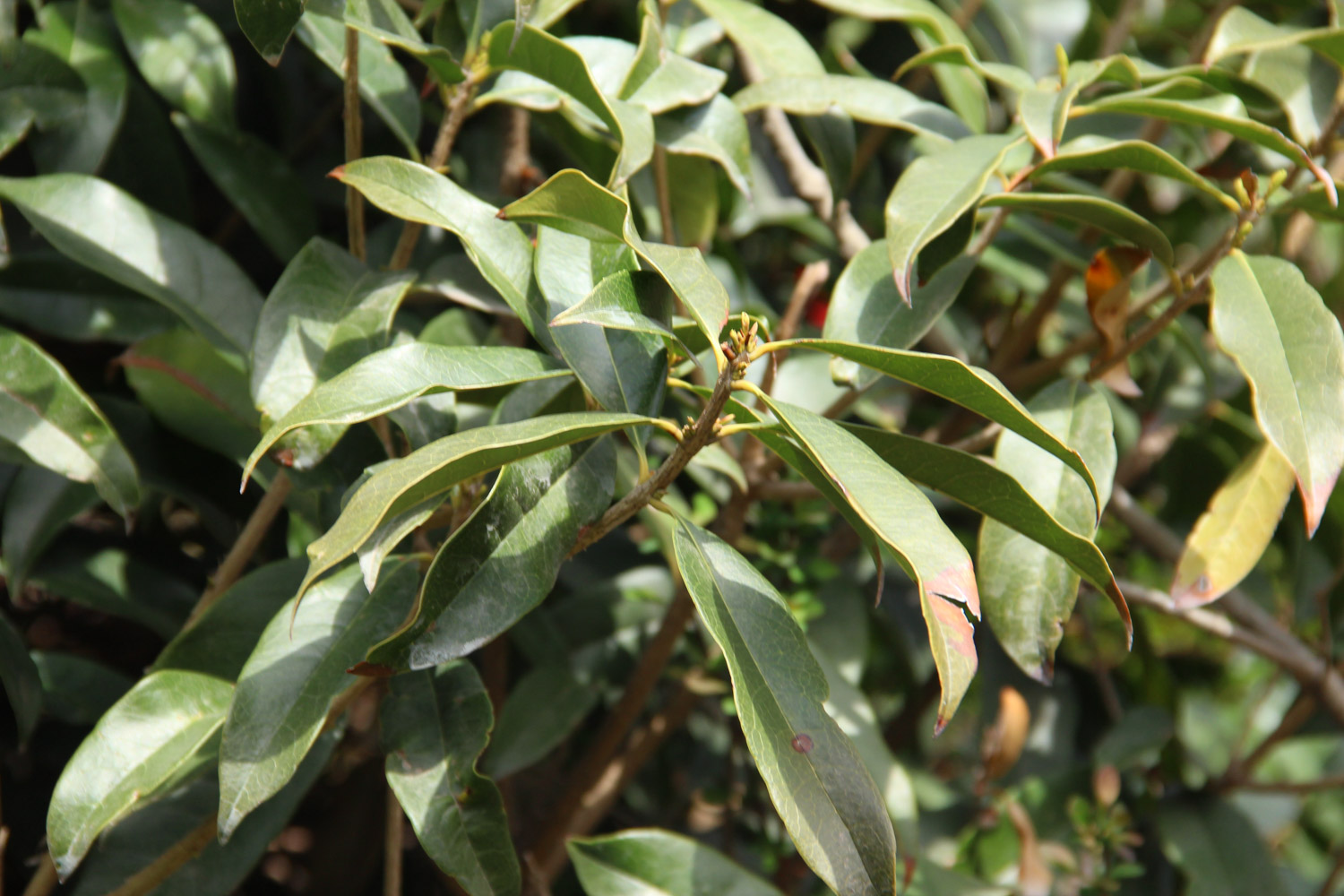
7. Wrap and fix with insulating tape. I use this because it has several advantages: 1. Callus is easy to grow in dark environment; 2. It is convenient to operate during binding without additional binding and fixation
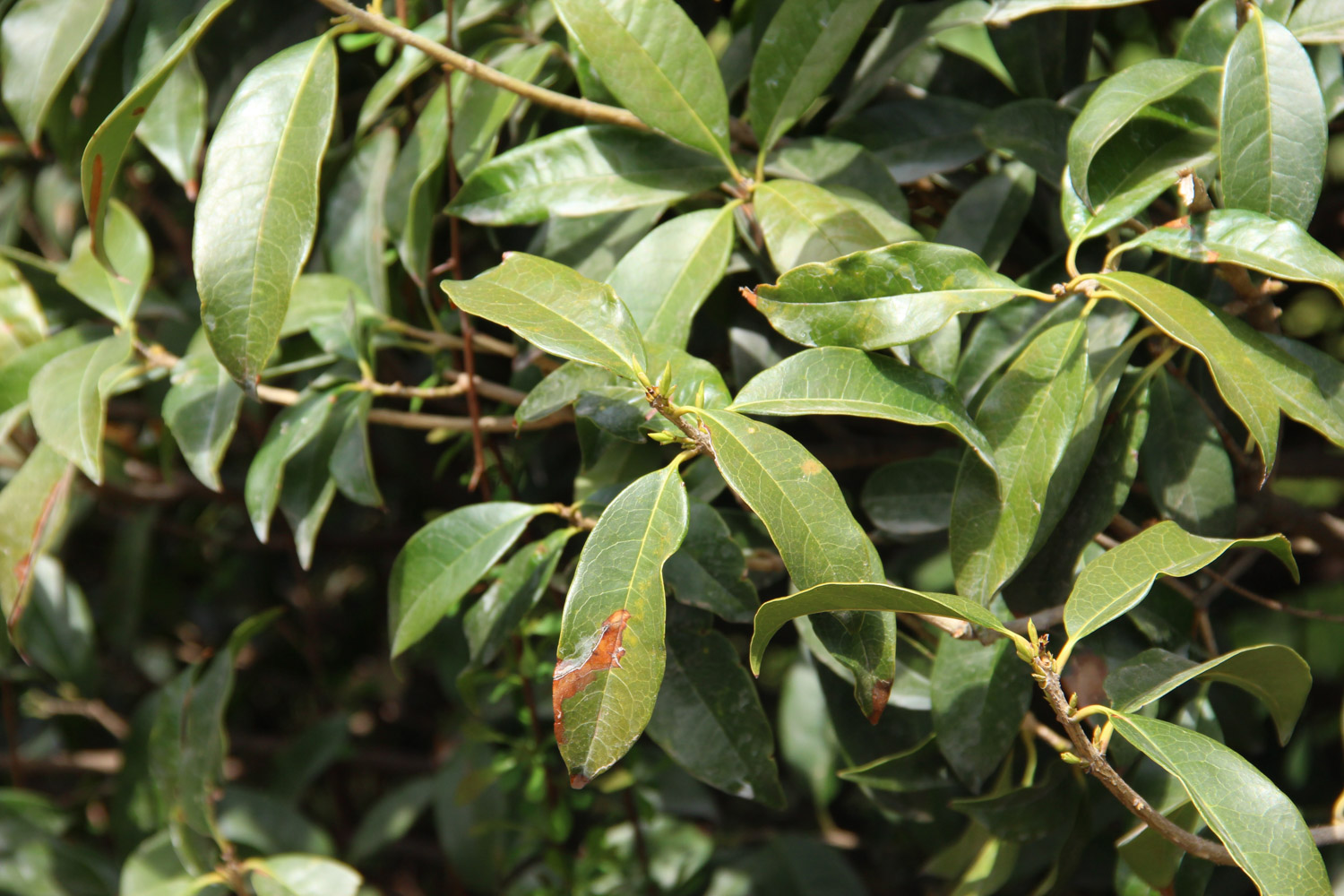
8. Wrap up the cross section as shown in the figure
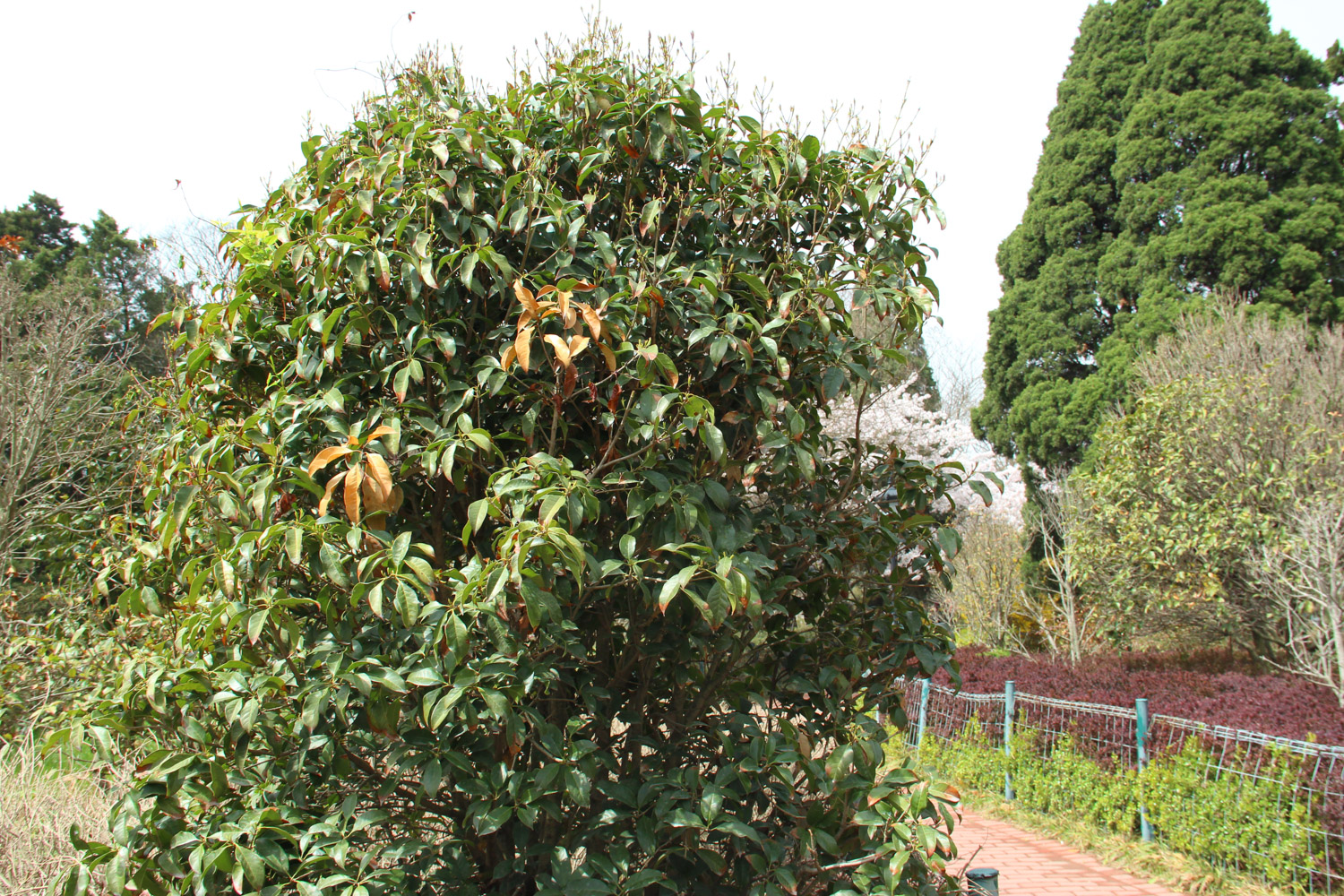
9. Cover the grafted scions with transparent plastic bags to moisturize and keep warm
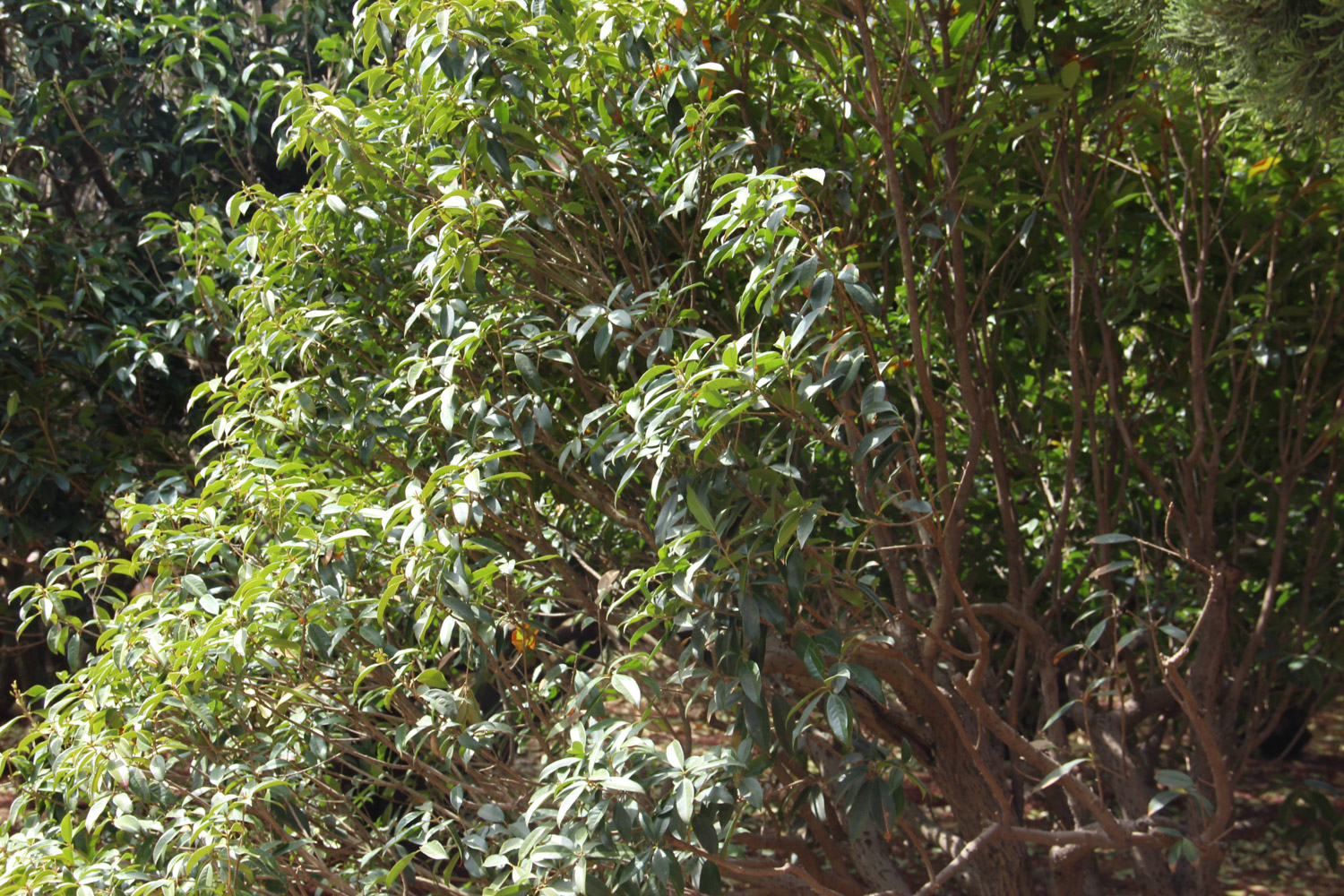
10. It has been unbound for a week, and the time from grafting to unbound is about more than two months
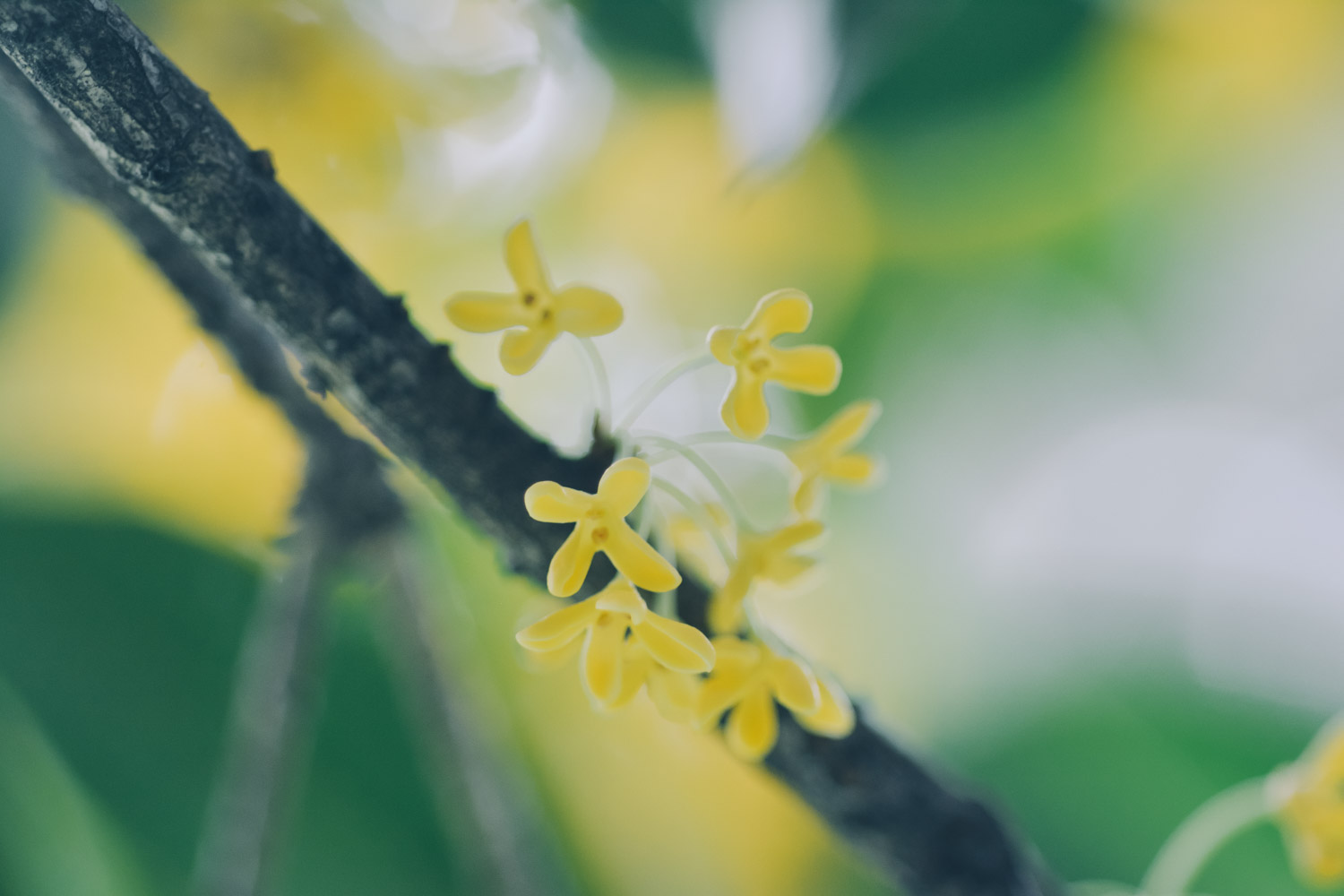
11. The callus in the cross section seems to have no movement, but the scion has survived
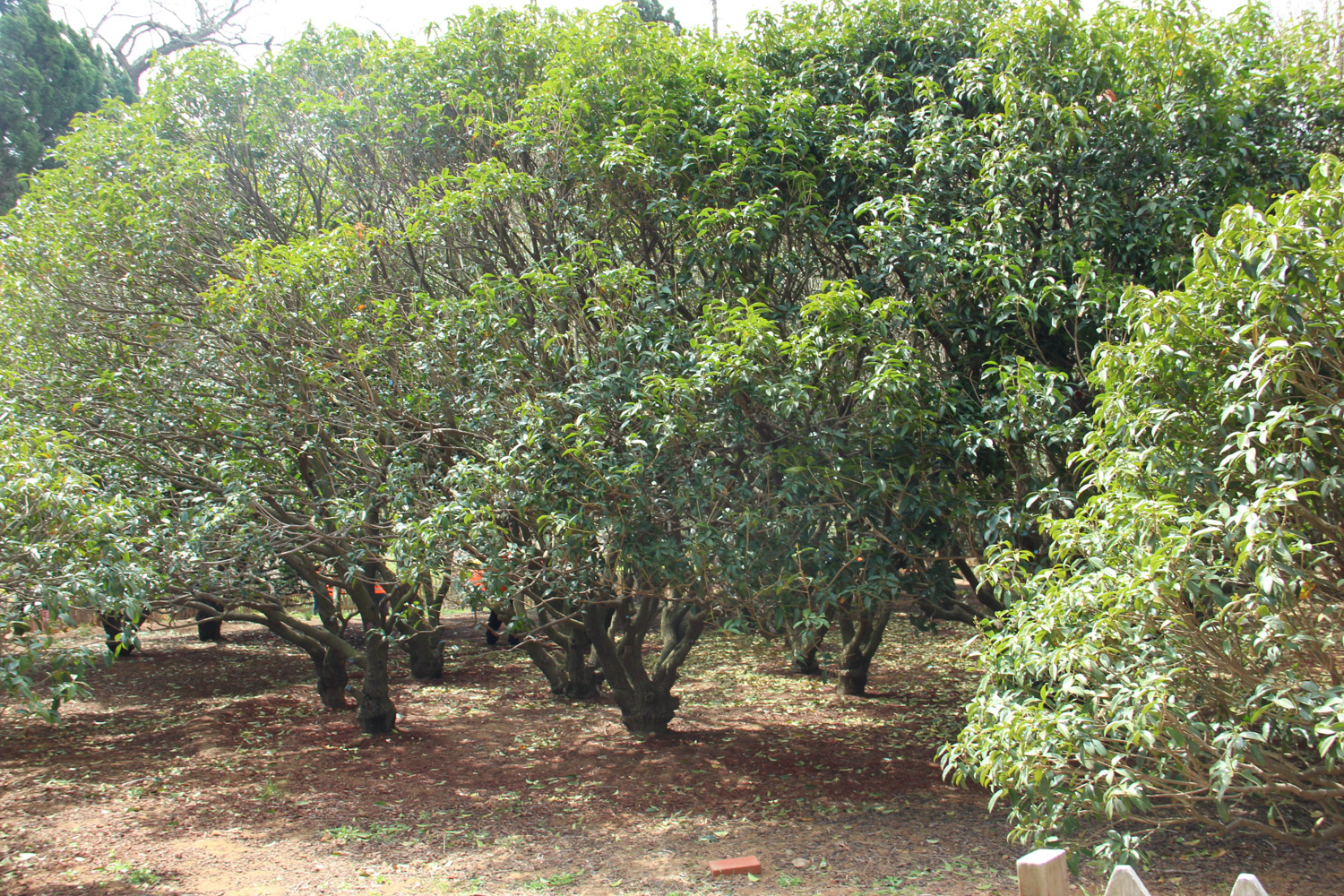
12. From the above figure, this grafting method has good connection effect and won't cause a knot. The scion embedded into the rootstock is almost flat, which has achieved our expected effect
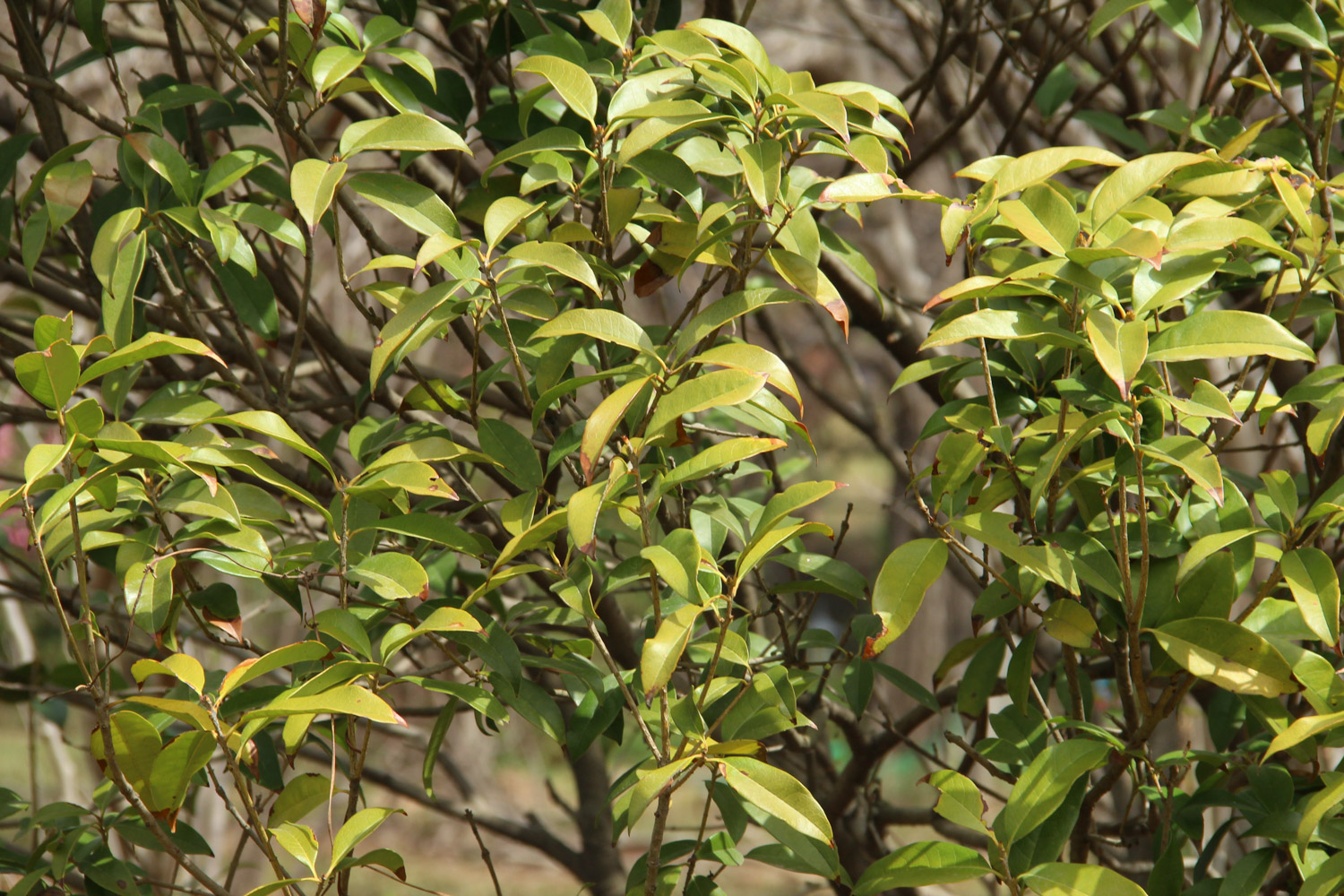

 how many times do yo...
how many times do yo... how many planted tre...
how many planted tre... how many pine trees ...
how many pine trees ... how many pecan trees...
how many pecan trees... how many plants comp...
how many plants comp... how many plants can ...
how many plants can ... how many plants and ...
how many plants and ... how many pepper plan...
how many pepper plan...




